

ACG IS NOT A TOKEN—IT’S
BTC’S TRUE DESCENDANT
Tokens are fragile. ACG is built to last.
Unlike the endless sea of hype-driven, centralized tokens
living on BSC or ETH, ACG is a true Bitcoin fork with SHA-256
mining and its own blockchain. Just long-term growth!
Know the difference. Own the real thing.
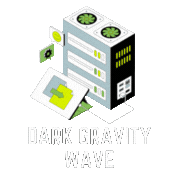
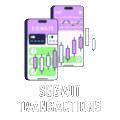
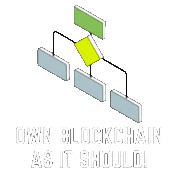









HOW ACG IS DIFFERENT? (NOT A TOKEN)
- ACG (Aurum Crypto Gold) is a Bitcoin fork engineered for endurance
—combining SHA-256’s battle-tested security with community-driven value.
- Tokens (BSC, ETH, SOL, etc.) depend on their respective blockchains.
- ACG is a standalone Bitcoin fork with its OWN blockchain—no middlemen, no smart contract risks.
⛏️ TRUE PoW (PROOF-OF-WORK) LIKE BITCOIN
- Uses SHA-256 algorithm (same as BTC)—decentralized, secure, and battle-tested.
- Unlike useless meme tokens, ACG is mined, not printed out of thin air.
🔗 INDEPENDENT BLOCKCHAIN = NO DEPENDENCY RISKS
- No Reliance on External Chains (Tokens are dependent on their parent chains)
- Operates autonomously (No centralization risks, Congestion, Governance changes)
- Independent Chains Empower True Ownership
💰 NO VC DUMPING, NO SCAMMY TOKENOMICS
- Most tokens are pre-mined and dumped by devs/VCs.
- ACG is fairly mined like Bitcoin—no shady allocations.
🔒 REAL UTILITY (NOT JUST ANOTHER "MEME")
- Tokens often have no use case except speculation.
- ACG is a real currency with real value—use it for transactions, not just trading.
🔑 TRUE SOVEREIGNTY
- ACG is not a tokenized IOU or a centralized asset.
- It’s a decentralized, mineable asset for those who prioritize sovereignty over speculation.
- ACG is born from Bitcoin’s code, hardened by miners, and governed by the collective—not
corporations.

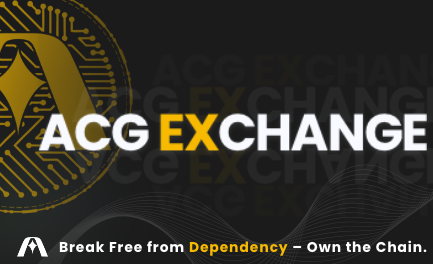
NEXT-GEN CRYPTO TRADING & ECOSYSTEM
AI-powered trading & institutional-grade security.
- Hybrid custodial/non-custodial wallets
- Multi-chain (ETH/BSC/Polygon++)
- HYIP vaults
- Real-time orderbooks
- Military-grade security
Trade smarter on your terms. #DeFi #Web3
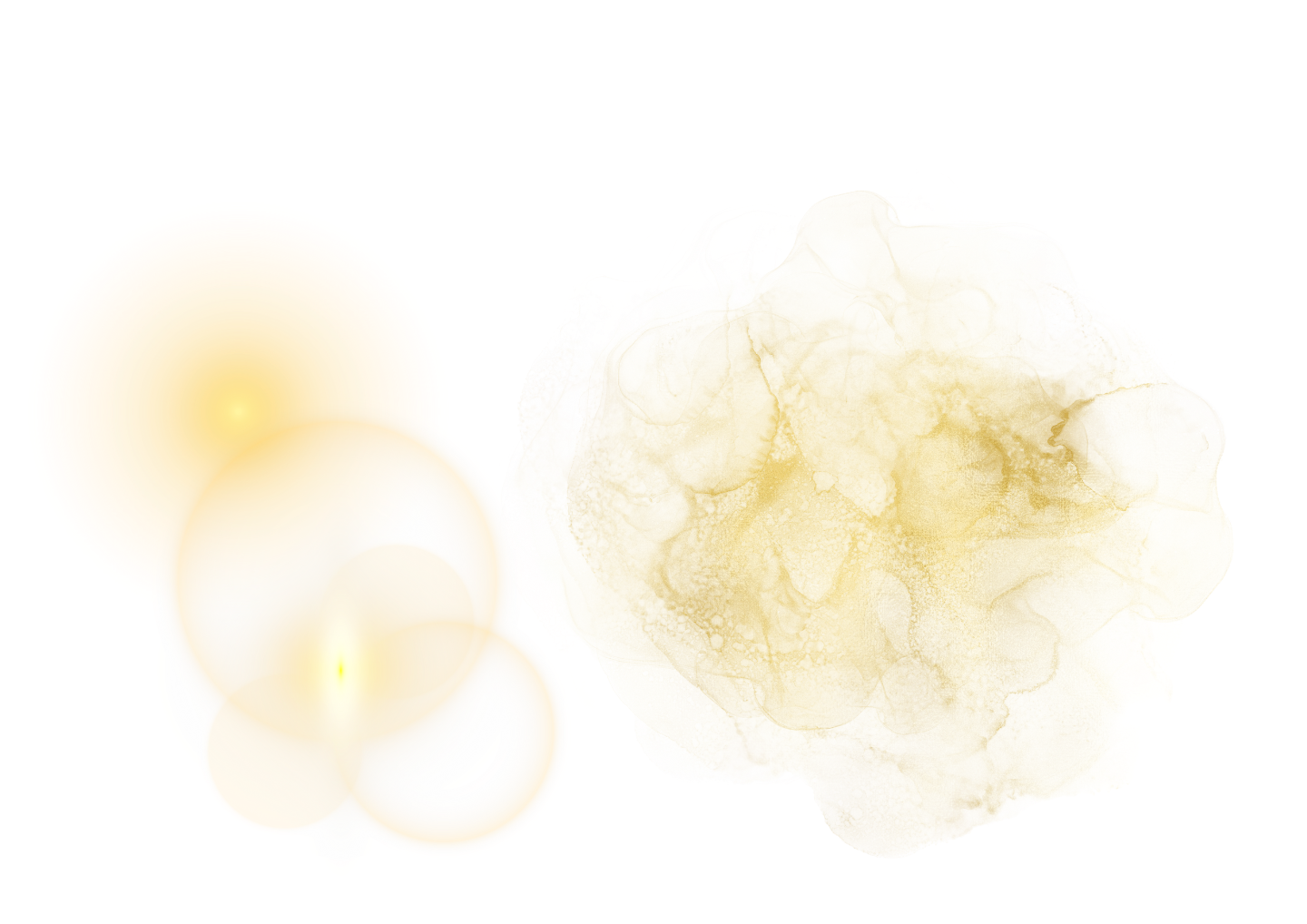
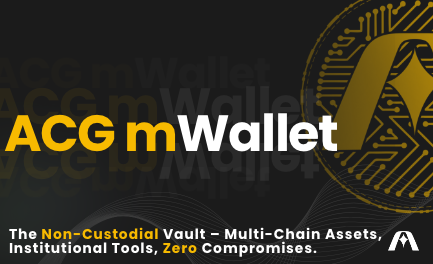
YOUR GATEWAY TO TRUE OWNERSHIP
A non-custodial fortress for ACG & others.
- Institutional-grade security (Kotlin-powered)
- On-chain DEX & NFT management
- Store, swap & analyze
- Multi-chain privacy controls
- Pro market analytics
No middlemen. Just pure self-custody power.

Wallets/Code
THE $ACG CODE
What is ACG?
Aurumcryptogold is our native transactional crypto product that functions as a decentralized currency, enabling peer-to-peer transactions over the internet. Aurumcryptogold, and its native currency ACG, exist on a blockchain solely created for maximizing the quality of transactions. We chose to exist on a separate blockchain to prevent any bloat that may arise from multiple currencies existing on a single blockchain, while additionally providing ACG with added security and functionality.
There is a maximum supply of 51,940,422 ACG, with 7.32% of the total supply of currency already pre-mined. The remaining 92.68% of the currency is ready for mining with tools (wallets, explorer) developed to guide and assist users.
What do you mean by 51% attacks?
A 51% attack is a type of attack on a blockchain network where a single entity or group of entities controls more than 50% of the network's computing power. This allows them to manipulate the network by controlling the validation of transactions and potentially reverse transactions, double-spend coins, and gain other unauthorized access to the network.
How does ACG guarantee resistance to 51% attacks?
A 51% attack can be devastating to the ecosystem if not handled correctly. We remain secure through the implementation and presence of the following features:
- Decentralization: The more decentralized a blockchain network is, the less likely it is for a single entity to gain enough computing power to launch a 51% attack.
- Consensus Mechanisms: We use advanced consensus mechanisms designed to mitigate the risk of 51% attacks.
- Increase Hashing Power: Our network maintains sufficient hashing power through strategic partnerships.
- Network Monitoring: We have deployed monitoring tools that can detect unusual behavior and alert administrators immediately.
- Hard Forks: We have a plan in place for implementing hard forks if necessary to maintain network integrity.
Why does ACG use a PoW Consensus?
Proof-of-work (PoW) offers several advantages over other consensus mechanisms:
- Security: PoW networks are more resistant to 51% attacks due to the computing power requirement.
- Proven Track Record: PoW has been successfully used by Bitcoin for over a decade.
- Mining Incentives: Encourages miners to contribute computing power in exchange for block rewards.
While PoW is energy-intensive, we believe its security benefits outweigh the energy costs, and we're actively working on optimizing our energy consumption.
Has ACG ever had an ICO?
No, ACG has never conducted an ICO. Our project was fully funded by our team, allowing us to:
- Maintain full control over project direction and development
- Make decisions aligned with our vision without external influence
- Adjust plans and make changes based on project needs
This self-funding approach has enabled us to build a cryptocurrency focused on user benefits and long-term sustainability.
Technical Data
Maturity
100 Blocks
Total Supply
51,940,422 ACG

Block Reward
50 ACG

Block Time
10 Minutes
P2P Port
9889

RPC Port
9888
Pre-mined
3,799,999.8 (7.32%)
Algorithm
SHA256

Halving
500K Blocks

Difficulty Time
Each Block
Ticker
ACG
⚠️ DISCLAIMER ⚠️
Cryptocurrencies Are High-Risk. ACG Is No Exception.
Do Your Own Research (DYOR)
By using this site or interacting with ACG, you agree: You alone bear the risks of investing in this volatile, unregulated asset. ACG is a decentralized project—no entity will save you from losses.
This website’s content is for informational purposes only. ACG’s team, developers, and community do NOT endorse buying/selling/holding. Consult a financial advisor. Assume all crypto is high-risk speculation.